I know that I am not the only one who has had this disease on their peppers. It appears in the late spring to summer when we have had frequent rainfall. Of course, if you are overhead watering, you would see it as well.
Bacterial leaf spot on peppers can be a devastating disease if not caught and treated early. This is why I always preach that your garden needs to be in sight of your house so that you can check it often. This disease is often fatal once symptoms have begun, so prevention is the best way to address the disease.
The bacterium is Xanthomonas campestris pv.vesicatoria. It is spread by plant debris in the soil from the previous season and through infected seeds. The lower leaves usually show symptoms first, progressing to the top and to forming raised cracks in the fruit.
There are a few pepper varieties that are resistant to some of the bacterial strains of this disease, but none that are resistant to all of them.
Now that we know where the disease comes from we can begin measures to prevent it. Crop rotation is one of the most effective practices in vegetable gardening to prevent repeat infection of insects and disease. Remember that rotation of the entire plant FAMILY must be accomplished for a favorable outcome. Since peppers are in the same FAMILY as tomatoes, eggplant, and potatoes, you should rotate with crops such as onions, beans, corn, etc. which are not related. Always remove plant debris at the end of the season before tilling for the next crop. Tilling or turning the soil under will bury any remaining bacteria.
Using drip irrigation instead of overhead watering will also help prevent the spread of this disease.
If you have had problems with this disease in previous years, applying a fungicide containing copper early in the season may prevent infection. Copper is not as effective at treating an existing disease, but may slow the spread.
Since the disease is also spread by infected seed, always buy certified disease-free seed and do not save seed from your own crops if they have been infected.

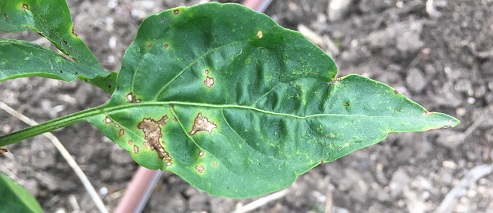
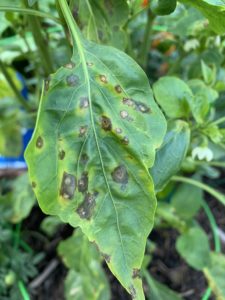
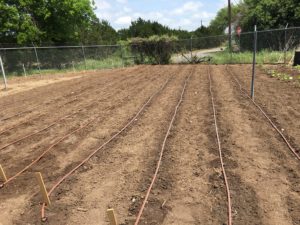
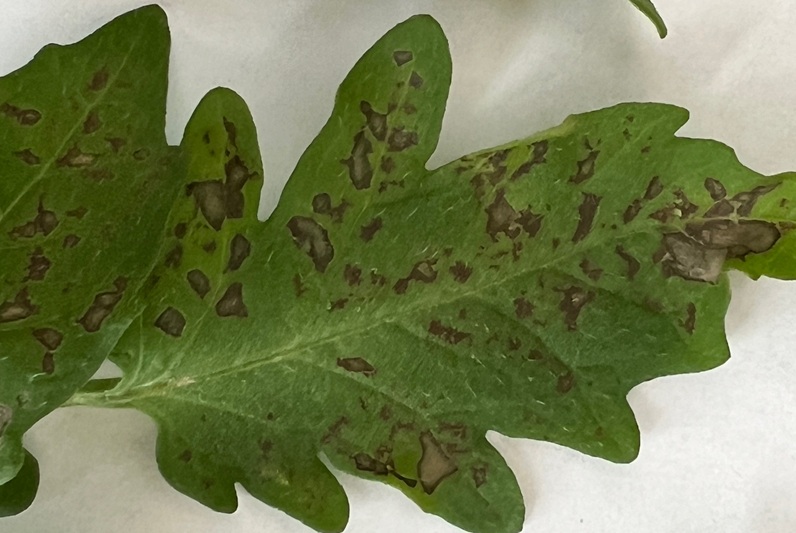
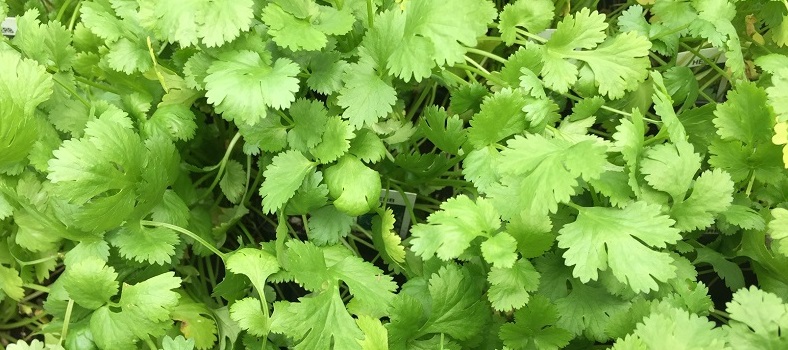

Leave A Comment